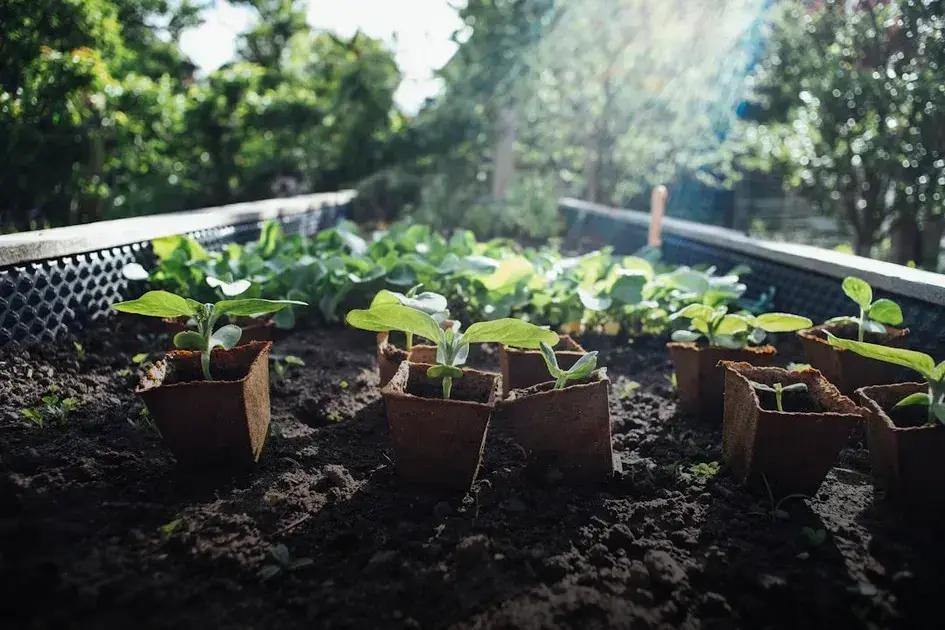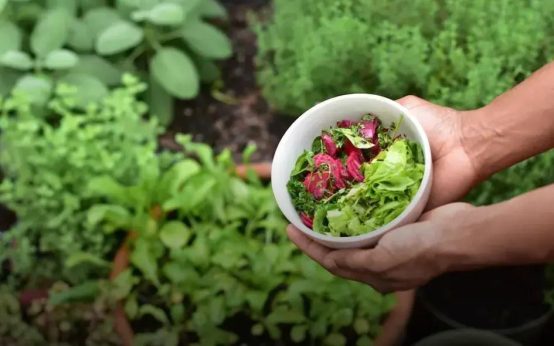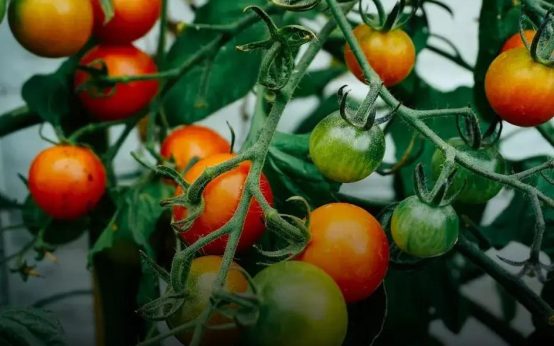Reviving dying plants is a rewarding yet challenging task. Before embarking on this journey, it’s crucial to first check several factors. Begin by assessing whether your plants are receiving adequate sunlight. Many plants suffer when light conditions are not optimal for their species. Another vital aspect is evaluating your watering techniques; both overwatering and underwatering can lead to plant distress. Additionally, inspect meticulously for any signs of pest infestations, as these can quickly deteriorate plant health. Soil quality is another element not to overlook. Poor soil can stunt growth and limit the necessary nutrients. Lastly, a comprehensive review of plant nutrition can reveal deficiencies that hinder plant revival.
Check for Adequate Sunlight
Ensuring your plant receives the right amount of sunlight is crucial for its survival and revival. Begin by understanding the light requirements specific to your plant species. Some plants thrive in direct sunlight, while others prefer shaded or indirect light.
Observe the plant’s location: Determine if the plant is located in a spot where it can receive adequate natural light. Windows with southern or eastern exposure are generally ideal, but this can vary depending on the plant.
Monitor the amount of light it gets throughout the day. Too much direct sunlight might scorch the leaves, while too little can lead to weak growth.
Adjust the plant’s position: If necessary, reposition the plant to a more suitable location. Turning the plant occasionally can ensure all sides receive equal sunlight exposure, promoting balanced growth.
Consider artificial lighting as an alternative, especially in environments with limited natural light. Full-spectrum grow lights can mimic natural sunlight and provide essential light for photosynthesis.
A plant’s light needs can change with the seasons. Keep track of these changes and adjust the placement of your plant to maintain optimal light conditions throughout the year.
Assess Watering Techniques

Understanding Soil Moisture Levels
Determining the right amount of water is crucial for plant recovery. Start by checking the soil’s moisture level using your finger or a moisture meter. Insert your finger about an inch into the soil to see if it feels dry or moist. This will help you decide whether it’s time to water or if the plant’s roots are already well-hydrated.
Adjust Watering Frequency based on the type of plant and its growth stage. For example, succulents and cacti require less frequent watering compared to tropical plants, which might need water more often. Seasonal changes also impact watering needs; plants generally need more water during their growing season.
Using the right watering method is essential as well. Watering deeply and infrequently encourages root growth. Ensure the water penetrates the root zone by slowly pouring it evenly around the plant base. Drip irrigation and soaker hoses are effective tools for watering deeply while minimizing evaporation.
Avoid overwatering by allowing the soil surface to dry between waterings. Consistent soggy soil can lead to root rot, which is detrimental to plant health. Additionally, pay attention to drainage; pots should have adequate drainage holes to prevent water from pooling at the bottom.
Finally, watch for signs of watering issues, such as wilting or yellowing leaves, to identify if adjustments in your technique are necessary. Proper watering is an essential part of keeping your plant healthy and reviving those that might be struggling.
Inspect for Pest Infestations
Start by thoroughly examining the plant’s leaves, stems, and roots for any visible signs of pest infestations. Common pests include aphids, spider mites, and whiteflies. Notice any unusual discoloration or spotting which may indicate the presence of these pests. Check the undersides of leaves where pests often hide.
Use a magnifying glass for a closer inspection and look for eggs or larvae that might be on the plant. Carefully inspect the soil as pests can hide there too. Watch for tiny holes or sticky residue, as these are signs that pests may be present.
Once identified, consider using natural remedies like neem oil or introducing beneficial insects such as ladybugs. If the infestation is severe, isolate the affected plant to prevent it from spreading. Regular monitoring is essential to catch early signs of infestations and protect your plants.
Evaluate Soil Quality

Understanding the soil quality in which your plants are growing is crucial for their survival and thriving. Soil serves as the foundation for plant life, providing necessary nutrients, water retention, and support for roots. To evaluate soil quality, start by examining its texture. Soil typically falls into categories such as sandy, loamy, or clay. Each type affects drainage and the plant’s ability to absorb nutrients.
Next, consider performing a simple soil pH test. Soil pH can greatly influence nutrient availability for plants. A neutral pH is optimal for most plants, but some prefer slightly acidic or alkaline conditions. You can use at-home testing kits readily available at garden centers to determine the pH level.
Additionally, observe the soil color which can be an indicator of its organic matter content. Dark, rich soil often signifies good fertility. Check for any signs of compaction where roots might struggle to grow.
Lastly, ensure your soil is free from contaminants like chemicals or salts, which can harm plants. If the soil quality is poor, consider soil amendments such as organic compost, perlite for aeration, or fertilizers to enhance nutrient content. These steps will help create a thriving environment for your plants.
Review Plant Nutrition
Understanding the nutritional needs of your plants is essential for their recovery and health. Just like humans, plants require a balanced intake of nutrients to thrive. Essential nutrients for plants include nitrogen, phosphorus, and potassium, which support growth, root development, and flowering.
Checking the soil for nutrient content can provide valuable insights. You may notice yellowing leaves or stunted growth if there’s a deficiency.
Testing the soil
can help identify which nutrients are lacking.
Using a slow-release fertilizer can help provide the necessary nutrients over time. Alternatively, liquid fertilizers offer a quicker solution and can be applied through foliar feeding, where nutrients are absorbed directly through the leaves.
Organic options such as compost or well-rotted manure not only provide nutrients but also improve soil structure and health. Pay attention to the needs of specific plant species and adjust nutrient plans accordingly.
Remember that over-fertilizing can be just as harmful as nutrient deficiencies. Signs of over-fertilization include leaf burn or rapid, excessive growth that weakens the plant. Always follow the recommended guidelines on fertilizers to avoid damage.
In conclusion, reviewing and adjusting plant nutrition is a crucial step in reviving dying plants. By ensuring that your plants receive appropriate and adequate nutrients, you can support their journey to health and vitality.


 Hosting a Garden Party: Decorate Naturally with Ease
Hosting a Garden Party: Decorate Naturally with Ease  Outdoor Lighting Ideas to Highlight Your Garden at Night
Outdoor Lighting Ideas to Highlight Your Garden at Night  Incorporating Water Features: Transform Your Garden Oasis
Incorporating Water Features: Transform Your Garden Oasis